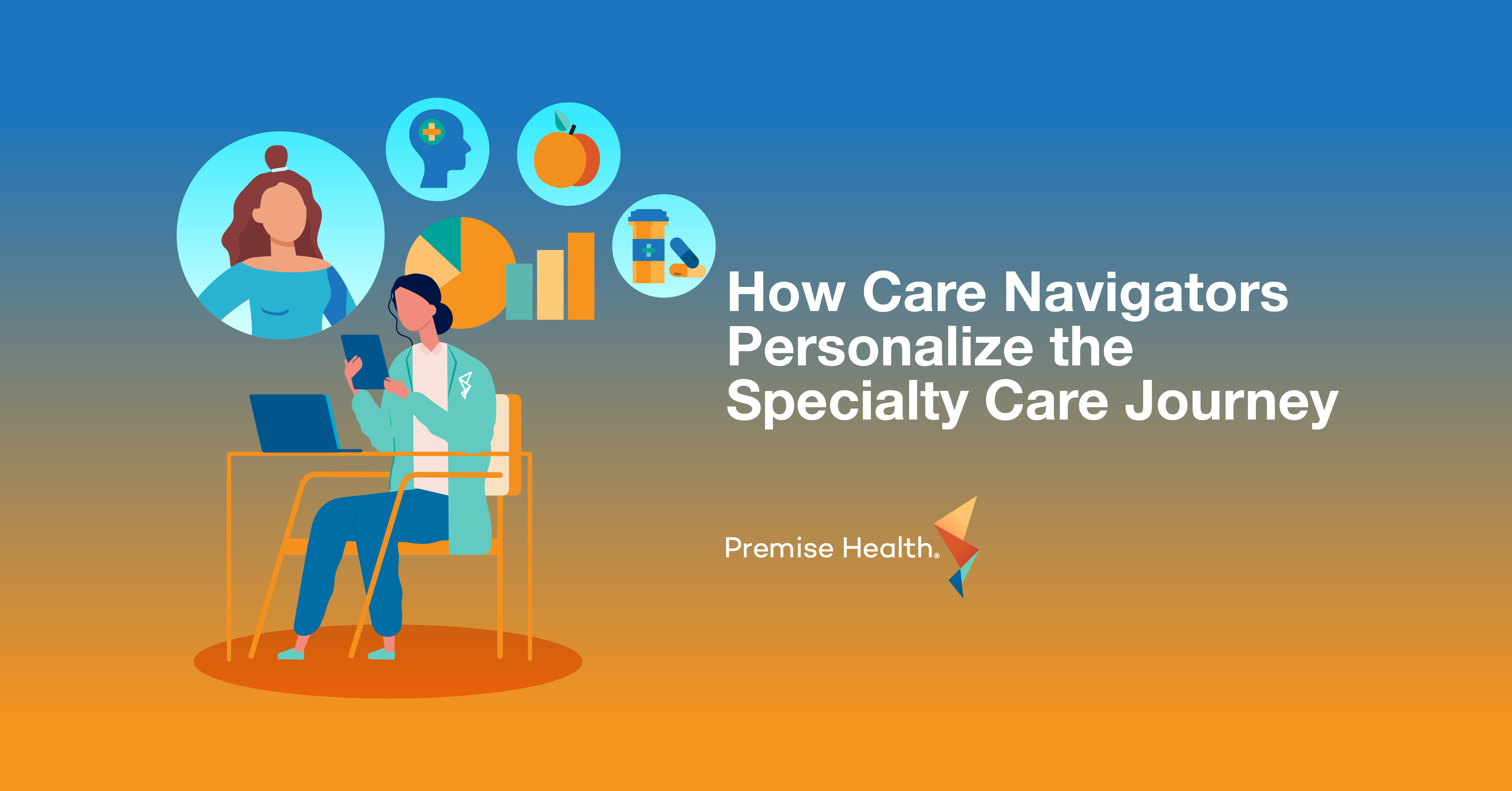Elevating Healthcare Access for Employees and Their Families with Virtual Health
Waking up in the middle of the night to a child with an earache, catching a cold on your long-awaited vacation, trying to plan your primary care around travelling for your job – taking care of your health can be downright inconvenient when life is at its most hectic. To make matters worse, you’re often at the mercy of unknown community providers with jam-packed schedules when trying to get care for the issues that have put a dent in your plans.
Employers and benefits leaders see these challenges every day in their own lives and the lives of the employees they represent. But they also see the repercussions; delayed or abandoned care can lead to increased illness, decreased productivity, and sometimes even costly ER and urgent care visits down the road.
More and more are realizing that the answer is simple: Increased access. When leaders can provide their people with flexible opportunities to seek better care, employees and their families are empowered to take their care into their own hands. That’s where a virtual health solution comes into play.
Why Virtual Health?
Virtual health – also sometimes called digital health – gives members the ability to access the care they need via phone or video conversation with a provider. For many, including those who live in rural areas, struggle with mobility due to chronic conditions, or find it difficult to get to their community provider’s office during typical business hours, this a game-changer, enhancing accessibility, convenience, and overall health outcomes.
As a result, virtual care is a critical component of advanced primary care, the next evolution of primary care that integrates multiple facets of wellbeing into a single, high-quality source of healthcare. When paired with onsite and nearsite wellness center solutions, virtual health becomes not just a nice-to-have, but a critical factor in fostering a healthier, more equitable workplace. Virtual care can also span multiple different aspects of a person’s health, offering behavioral health, occupational health and safety, and pharmacy support. When members get access to virtual health, they’re also getting access to a team of providers who are collaborating to support them on their health journey.
Making Care More Convenient
In a traditional setting, scheduling a doctor’s appointment could mean waiting for days, if not weeks, before you can be seen. Plus, on the day of your appointment, you’re facing not only travel to and from your doctor’s office, but sometimes a long wait once you get there. When your health is throwing your day-to-day off-track, this can be far too daunting, resulting in expensive visits to a local urgent care instead.
Virtual health eliminates this barrier by offering flexible scheduling options – including access to primary care providers 24/7 – and eliminating the commute. Employees can book appointments that fit into their busy lives, whether they’re in between meetings or on a lunch break, then take the appointment from the comfort of their homes, offices, or even while traveling.
It gets even easier when members can work with different members of their care team on the same platform. Whether they’re speaking with a licensed counselor, occupational health nurse, or pharmacist in addition to their primary care provider, a comprehensive virtual health solution can serve as a single resource for members looking to get care for themselves and their families.
Promoting a More Equitable System of Care
Health equity is achieved when everyone has the opportunity to attain their full potential health and wellbeing. When people have limited access to care – whether that’s because of their location, financial status, job, available childcare, or something else – they aren’t able to reach that full potential.
Virtual care isn’t just more convenient, it’s also more equitable. Virtual health solutions remove barriers for employees’ partners and children, ensuring comprehensive care for the whole family. Employees in underserved communities can now receive the same quality of care as those in more affluent areas. Working parents balancing childcare responsibilities, remote workers located far from urban centers, and employees with demanding job schedules can all talk to the same providers and get the same level of care.
This holistic approach not only enhances the overall wellbeing of employees but also creates a supportive environment where families feel cared for and valued, irrespective of their circumstances. It all helps bridge the gap in healthcare disparities and promotes a healthier, more balanced workforce.
Enhancing the Healthcare Experience
Nearly half of all Americans experience anxiety ahead of doctors’ appointments. Whether it’s the sterility of the average waiting room or the daunting task of reciting their medical history to a new provider, virtual health solutions can help address member worries at their source and enhance the overall care experience.
On one hand, if members do decide to have a phone or video chat with their provider, they can do so from the comfort of home, encouraging individuals to seek medical attention much more willingly and regularly than their counterparts who must commute.
On the other, when in-person care is necessary, members can rest easy knowing that their provider has exactly the same electronic medical record as their virtual provider, so nothing is going to fall through the cracks. They can fill out forms electronically to reduce the hassle of repetitive paperwork, and even securely message their provider after the appointment with any questions or concerns they forgot to raise during the visit. It all goes a long way in making members feel more comfortable and satisfied with their healthcare experience.
By providing easy access to medical advice, regular check-ups, and follow-up care, virtual health empowers employees to take charge of their health. For members, this proactive approach helps in early detection of potential health issues, timely interventions, and effective management of chronic conditions. For benefits leaders, it’s part of a smart strategy to reduce costs, boost satisfaction among employees and their families, and ensure greater healthcare equity for more people. Ready to learn more about how Premise Health leverages our Digital Wellness Center to care for our members? Get in touch today to get started.
Next on industry insights.

From Crisis to Care: Addressing Mental Health Challenges for Union Members
Read the Blog
One Less Errand, One Healthier Member: The Power of 90-Day Prescriptions
Read the Blog